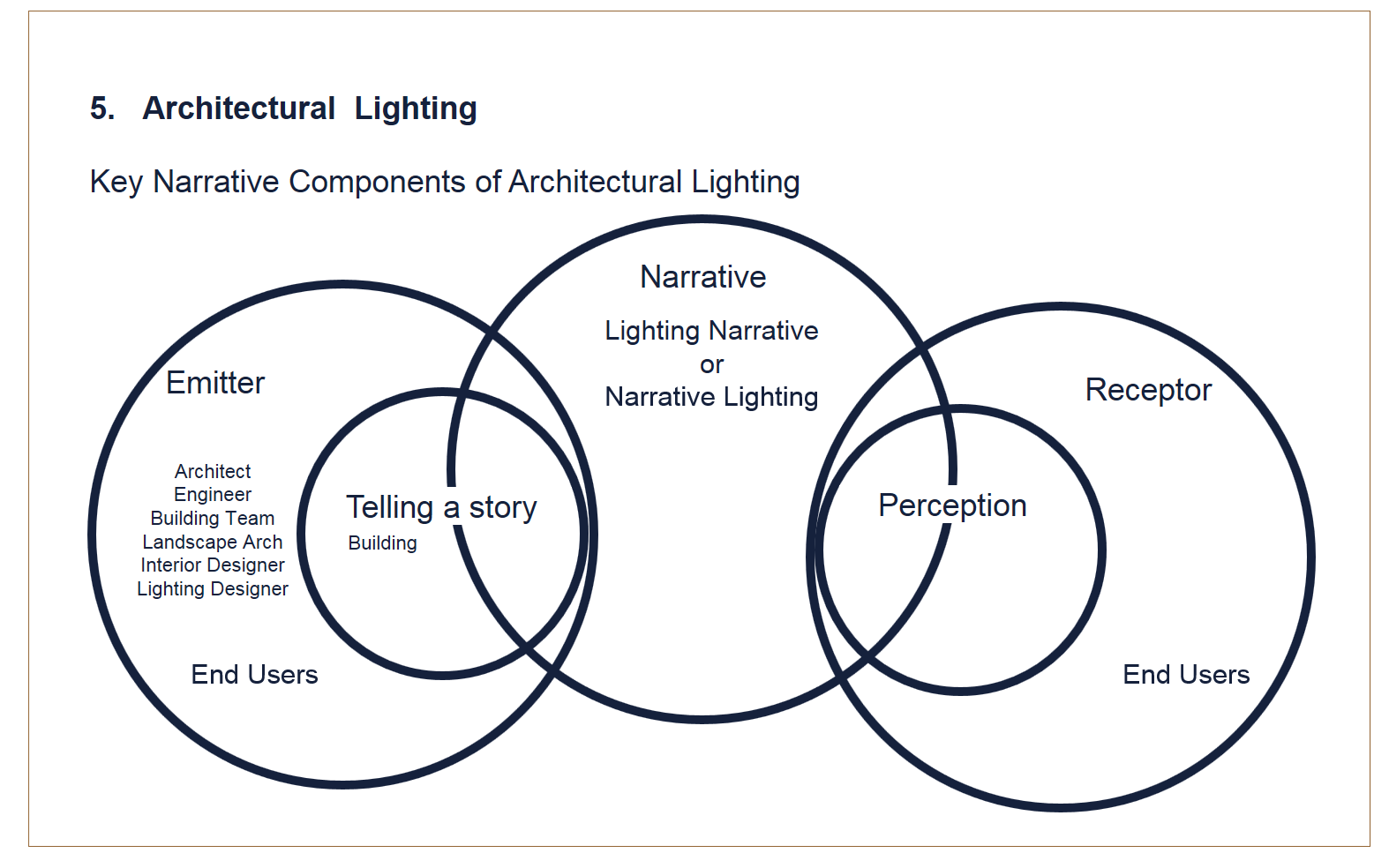Insights
Telling more stories with light.
Exploring narrative lighting: part two.
Theatrical lighting teaches us that changes may be registered on an unconscious level and that light can be another ‘character’ in the story.
Cinema teaches us that light can be used to both flatter a subject and push forward narrative.
While, on face value, architectural lighting has some different aims to that of the theatre or cinema, if we dig a little deeper, there’s a great deal of alignment.
Practical vs flattery.
For starters, lighting in architecture is commonly focused on achieving a practical illumination of the space, while at the same time making it look as pleasing as possible. This delicate balance of flattery versus pragmatism is again prevalent.
Character.
What is the true character or the building or environment, and can we use light to reveal and draw that out in new ways? Alternatively, can we enhance a space with a complimentary ‘lighting character’, and more importantly who/what should that lighting character be?
Lighting can convey additional messages, enhancing the emotions of the characters who are in the scene.
Storytelling.
Some might counter that in architecture there is no apparent need to tell stories, but this is simply not true. A building will tell a story; it will give you the information necessary to analyse a place and its relationship with its environment. It will generate statements as the basic component of a bigger structure, the city.
Immersive design is all about storytelling and setting out the right ‘character’ for the message to be conveyed…
Buildings and spaces also tell stories through the human interactions and moments they enable. The buildings we light aren’t just there to be looked at; their primary function is to be places of human experience – of doing. They are spaces of constant evolving narratives where the receptors (the users) can sometimes become the emitters: interacting or ‘playing’ with the story of the space.
Wellbeing contributions.
More and more we are asked to play with the emotions of the space through light – in the same way that theatre and cinema does, we can influence our audiences… consciously or not. As lighting designers, we must consider how we can help contribute to places and spaces that people feel good in. It’s about creating positive experiences that contribute to a happier, and healthier, society.
A summary – what can we do?
Let’s consider all the above as we work. When contemplating your next project, spare a moment to think about the narrative and the character of an environment – both what it is (its authenticity) and what it could be (its potential).
If we can communicate a feeling, a mood, an emotion, a story, we can better create spaces that truly enhance the experience of their inhabitants and allow them to make them their own.


